Special Report
The Most Contaminated Foods in the Produce Aisle This Year

Published:

You may want to reconsider eating those fiber-rich strawberries. And maybe think twice before adding two very popular vegetables to your smoothie to make it “green.” Yes, we’re talking about spinach and kale.
Those three items of produce are among nonorganic fruits and vegetables that contain the most pesticides in their nonorganic versions, according to the Environmental Working Group’s 2023 “Dirty Dozen” report. Kale has appeared on the list of contaminated foods since 2019, after not appearing on it for about a decade. (These are 29 healthy eating habits that will change your life.)
Pesticides include numerous different chemicals that are used to kill insects, weeds, mold, and rodents that may destroy the produce. While they may protect the food, they can also be toxic to people, according to the World Health Organization.
The pesticide that has been detected the most in leafy greens specifically was Dacthal, or DCPA. The Environmental Protection Agency classified DPCA in 1995 as a possible human carcinogen. Europe banned it from use in 2009. (These are 20 foods and drinks you only think are healthy.)
Click here to see the most contaminated foods in the produce aisle this year
While some produce items show up again and again on the EWG’s annual list, new ones do appear from time to time – and the big surprise this year are blueberries. Though revered by nutritionists and healthy-eating aficionados for their anti-inflammatory properties, they joined the Dirty Dozen in the second-to-last slot for 2023 – followed by another produce favorite, green beans. (Blueberries and green beans replaced celery and tomatoes, which were 11th and 12th, respectively, on last year’s list.)
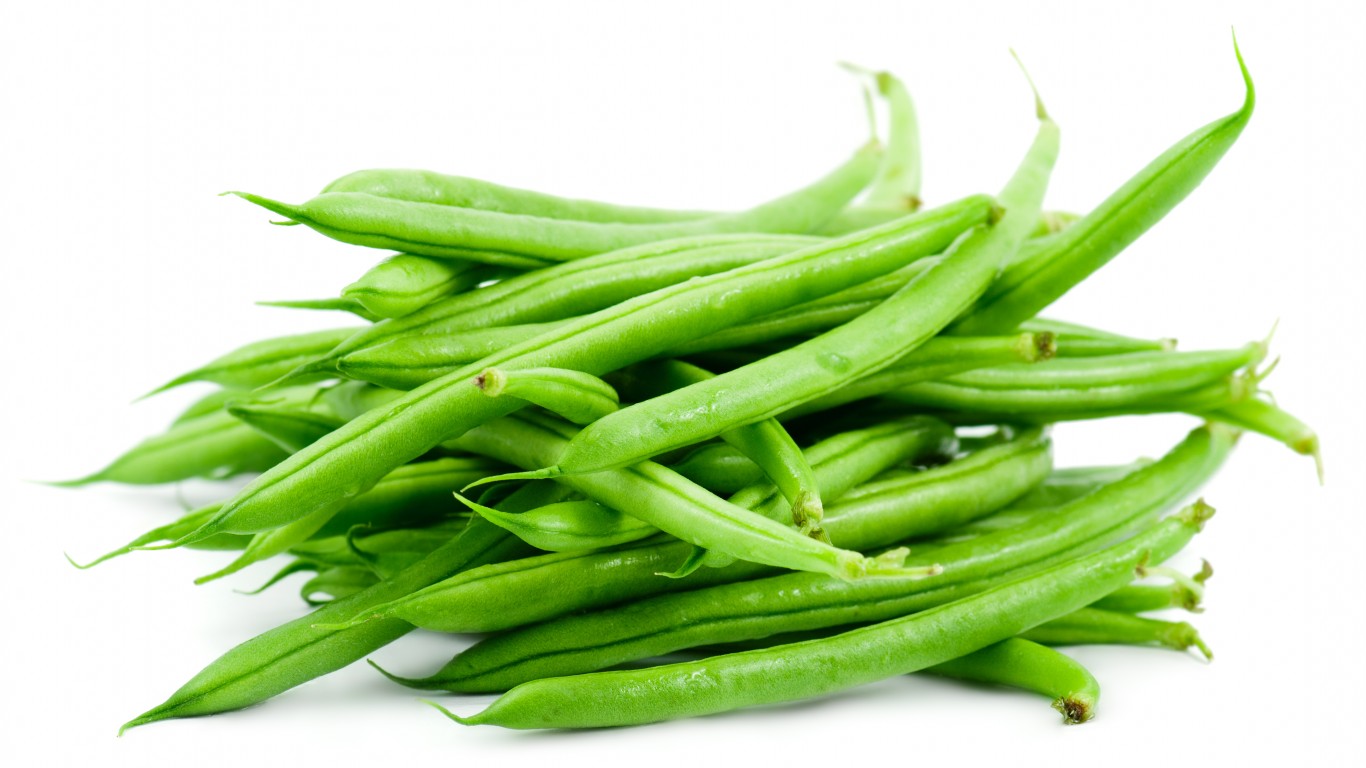
12. Green beans
A neurotoxic pesticide called acephate was found on 6% of the green beans sampled. The pesticide was specifically banned by the EPA from use on green beans in 2012. Prolonged exposure to acephate may lead to nerve damage.
[in-text-ad]
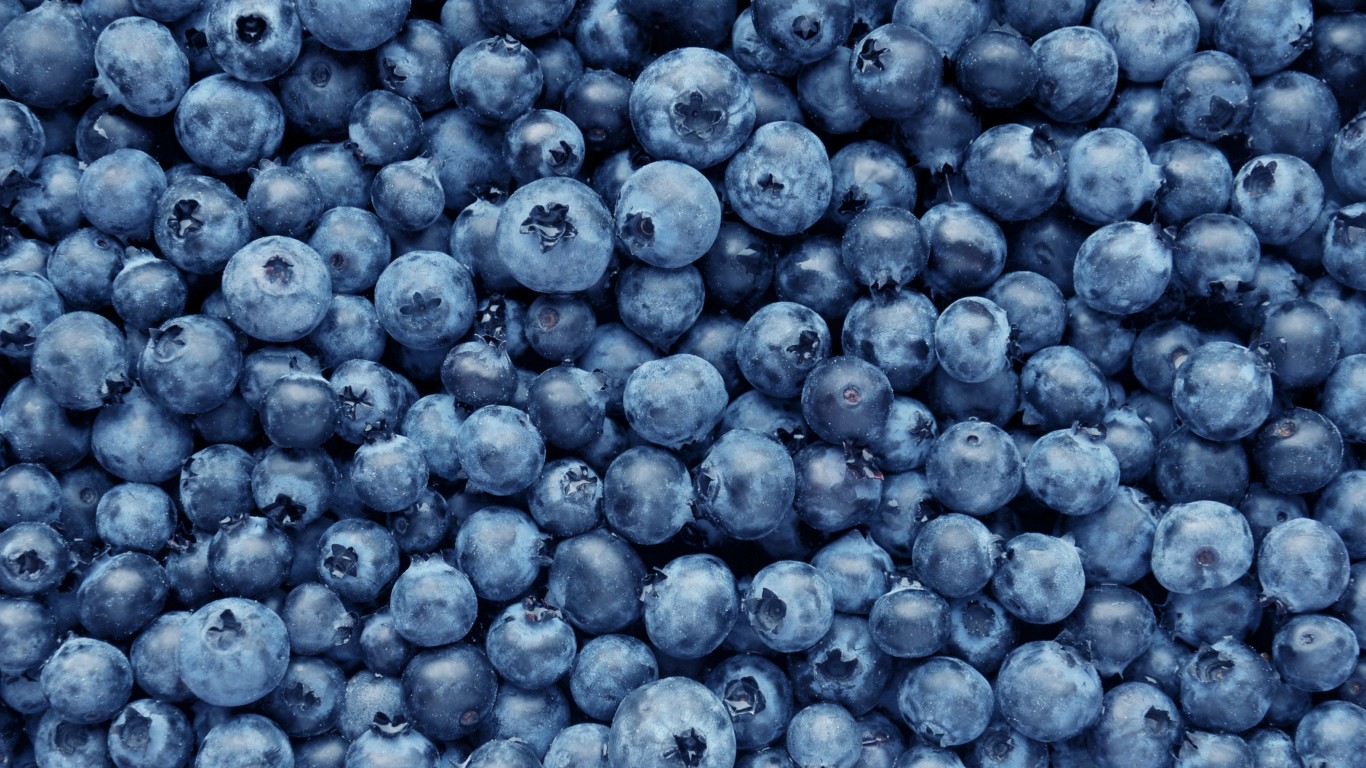
11. Blueberries
The 2023 guide notes that blueberries (as well as green beans) had “troubling concentrations” of organophosphate insecticides – which can damage the nervous system. However, it’s important to note that levels of these pesticides have decreased over the years, according to EWG.
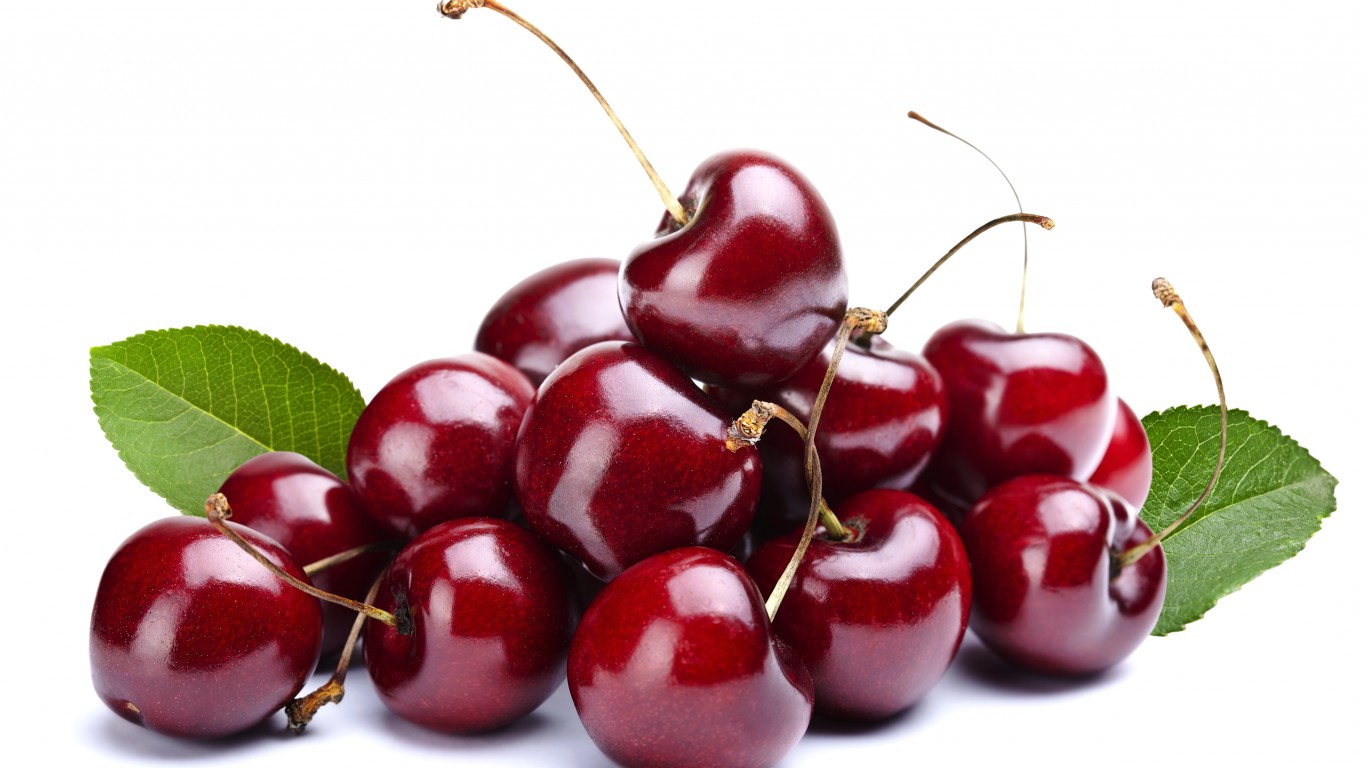
10. Cherries
Cherries are full of vitamins and minerals, and are a good source of potassium, essential for heart health. Among the pesticides they might contain, though, are Bifenthrin, known as a bee toxin and also a developmental or reproductive toxin.

9. Bell and hot peppers
Bell peppers are high in vitamins and antioxidants, especially vitamin C and carotenoids. Some of their health benefits include improving eye health and reducing the risk of some chronic diseases. Both may contain trace amounts and sometimes significant doses of countless pesticides with deleterious effects on humans.
[in-text-ad-2]

8. Grapes
Grapes are a great source of the antioxidant resveratrol, which some studies suggest may help prevent certain cancers including breast, liver, stomach, and lymphatic cancers. One of the main pesticides grapes contain is Imidacloprid, a strong bee toxin.
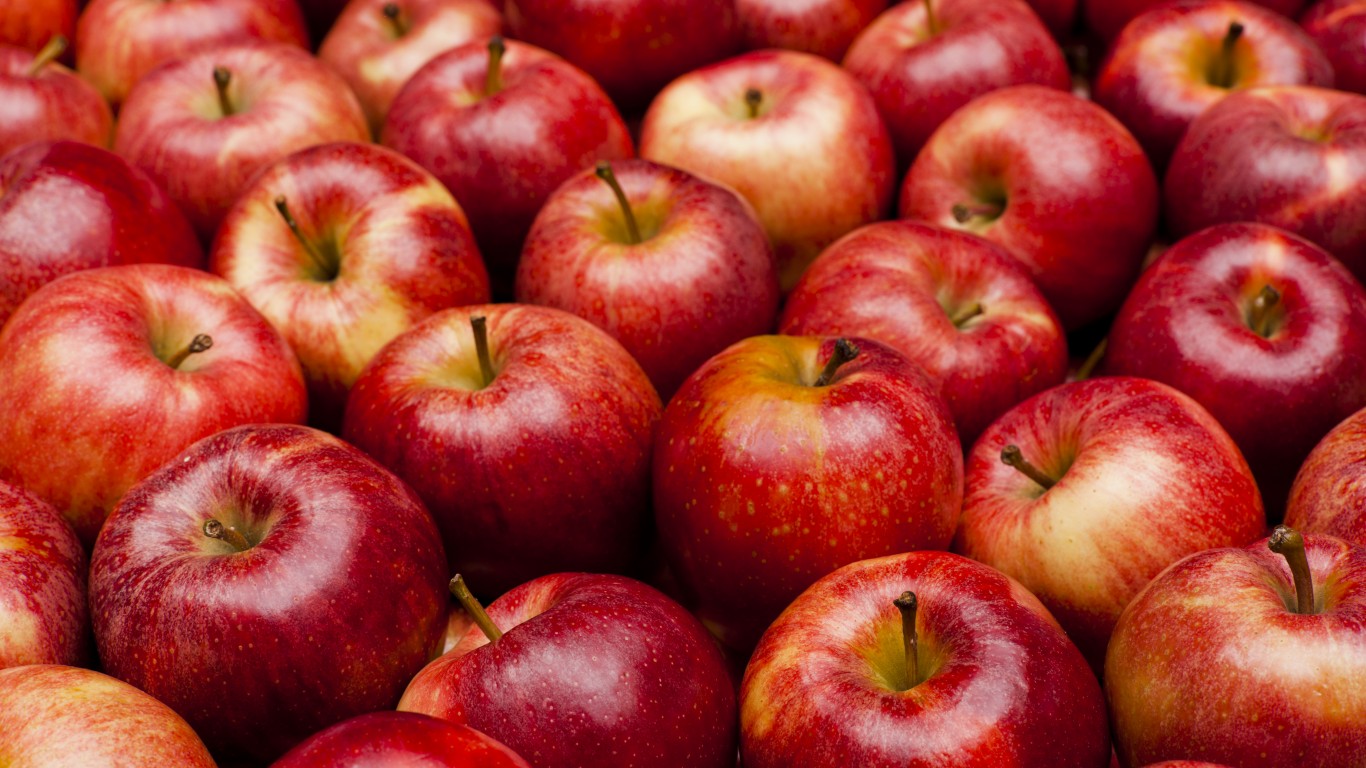
7. Apples
Apples – particularly their skin – contain a high concentration of the flavonoid quercetin, which has been studied extensively and is shown to inhibit the proliferation of multiple types of cancer including prostate, breast, lung, cervical, and colon. An apple a day may keep the doctor away, but apple-lovers should be aware that the fruit typically contains numerous pesticides, including Diphenylamine or DPA (which has no known toxicity), Thiabendazole (which may be carcinogenic and contain developmental or reproductive toxins), and Pyrimethanil (suspected of being carcinogenic).
[in-text-ad]
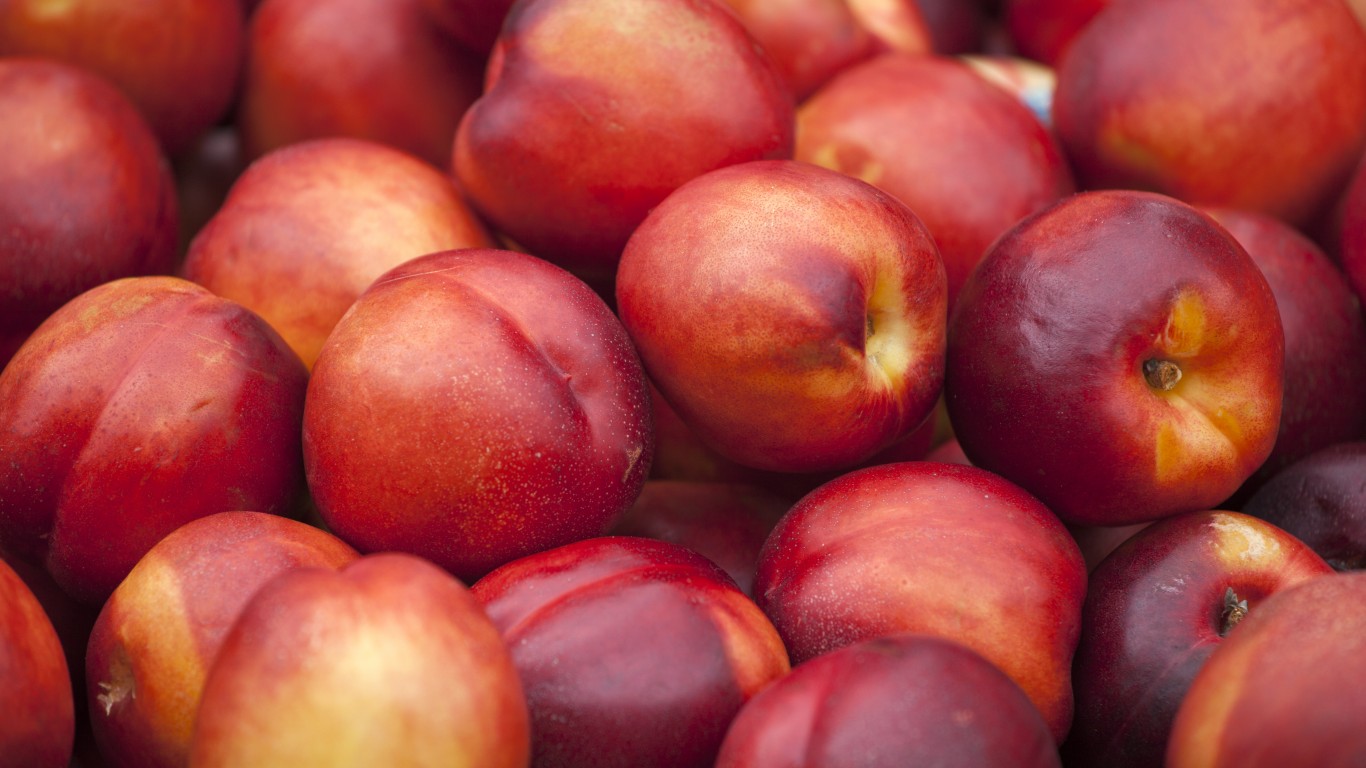
6. Nectarines
Nectarines are rich in vitamin C, vitamin A, and fiber, among other nutrients. The fruit may help with boosting immunity and lowering blood pressure. The main villain here is formetanate hydrochloride, a neurotoxin.
m,
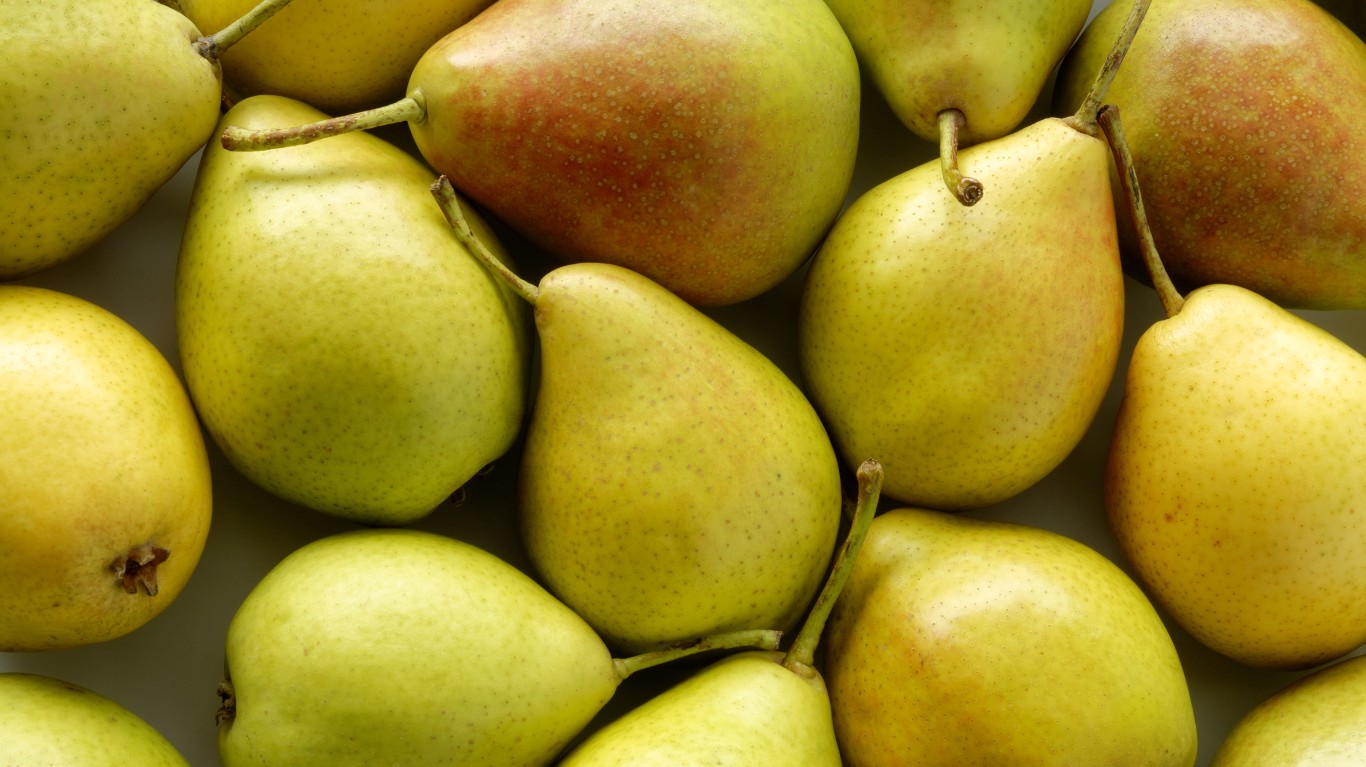
5. Pears
Pears are known to be good for the digestive system and have anti-inflammatory properties. They may also boost heart health and lower the risk of diabetes. The down side? Some 40% of them have been found to contain Pyrimethanil, a possible carcinogen with suspected toxicity.

4. Peaches
Besides being a delicious summertime treat, peaches are full of vitamins and minerals, including a healthy dose of vitamin C and antioxidant polyphenols and carotenoids. They may, however, contain the bee toxins Fludioxonil and Phosmet as well as iprodione, a known carcinogen.
[in-text-ad-2]
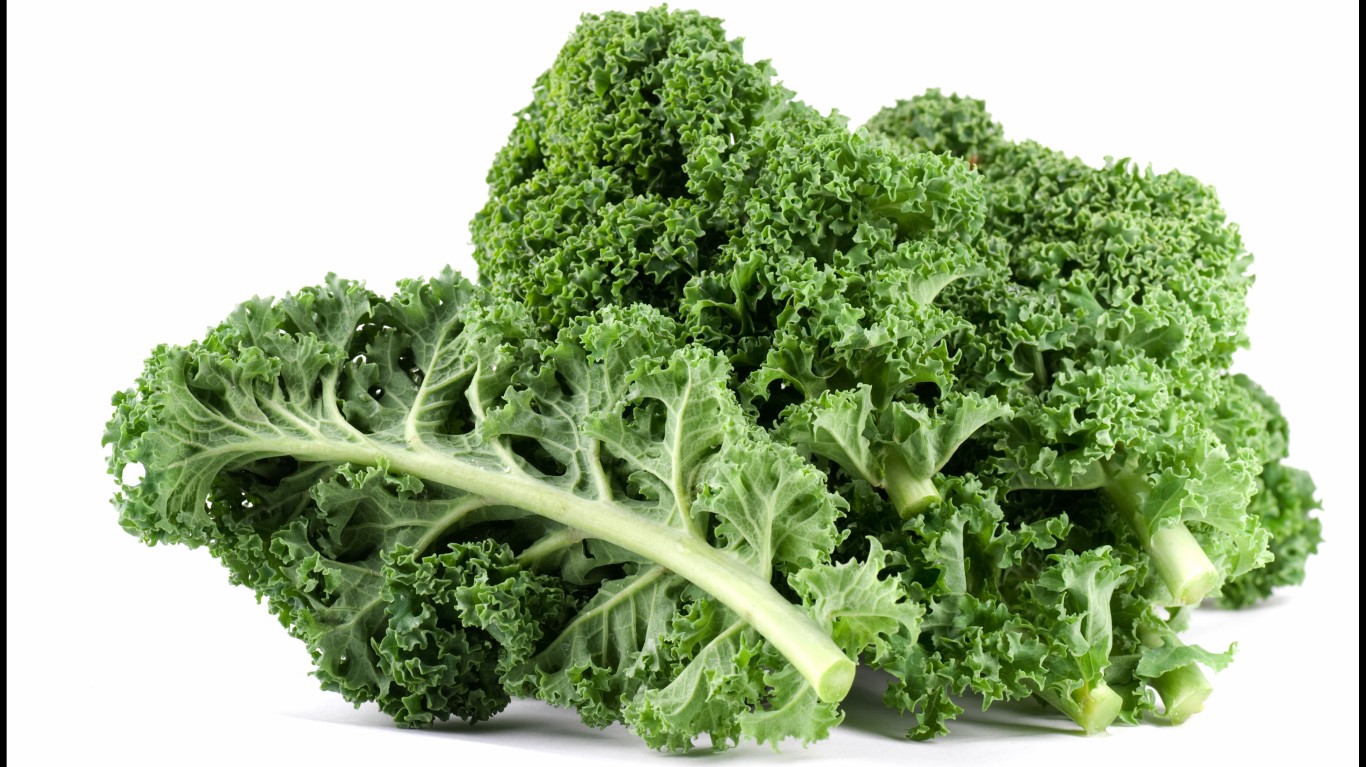
3. Kale, collard, and mustard greens
Carotenoids in leafy greens like kale can also boost the body’s antioxidant defenses, helping to prevent cell damage and inhibit the formation of carcinogens. At the same time, ironically, about half the samples tested contained a suspected carcinogen, Dimethyl tetrachloroterephthalate, or DCPA.
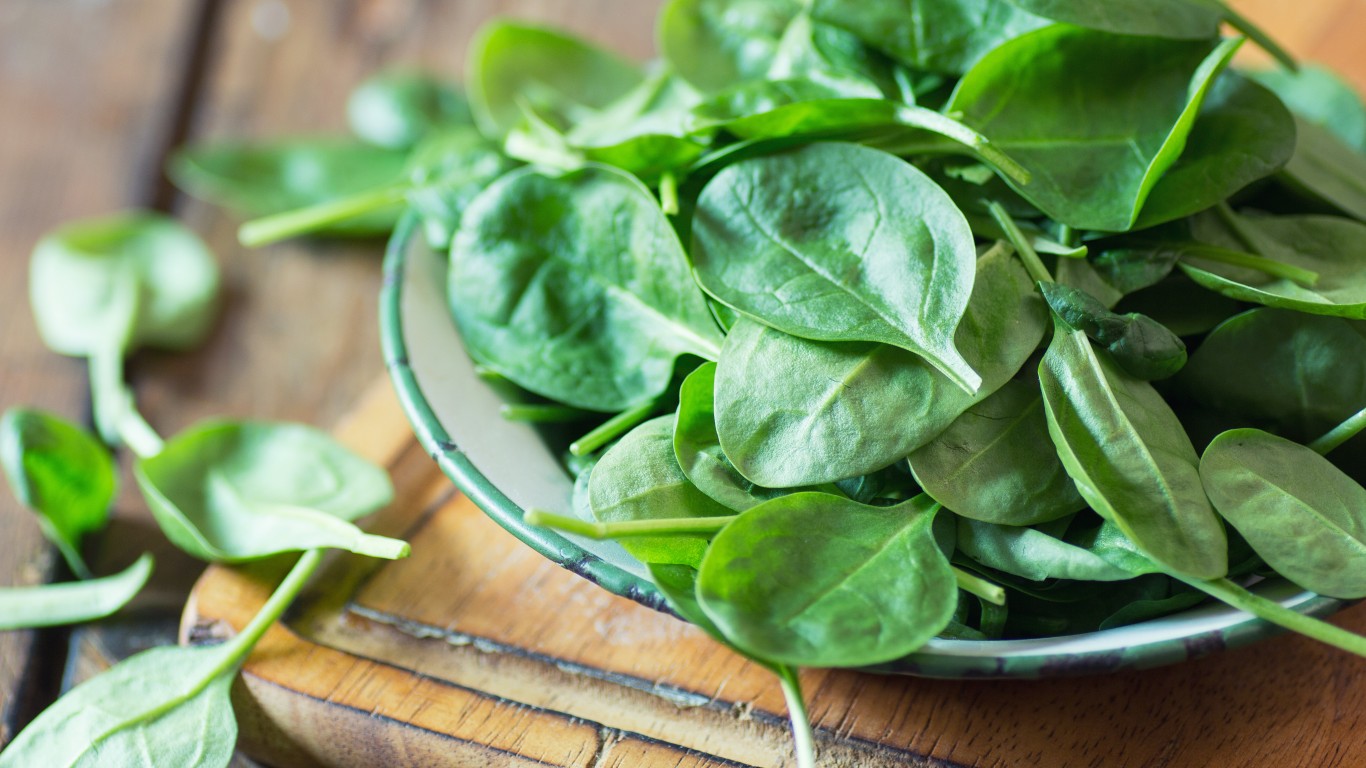
2. Spinach
Spinach is high in antioxidant carotenoids including lutein and zeaxanthin that could help protect against cancer of the esophagus, stomach, and mouth. The pesticide known as Permethrin, was found on many of the samples tested; this is a possible carcinogen, a slight bee toxin, and a suspected hormone disrupter.
[in-text-ad]
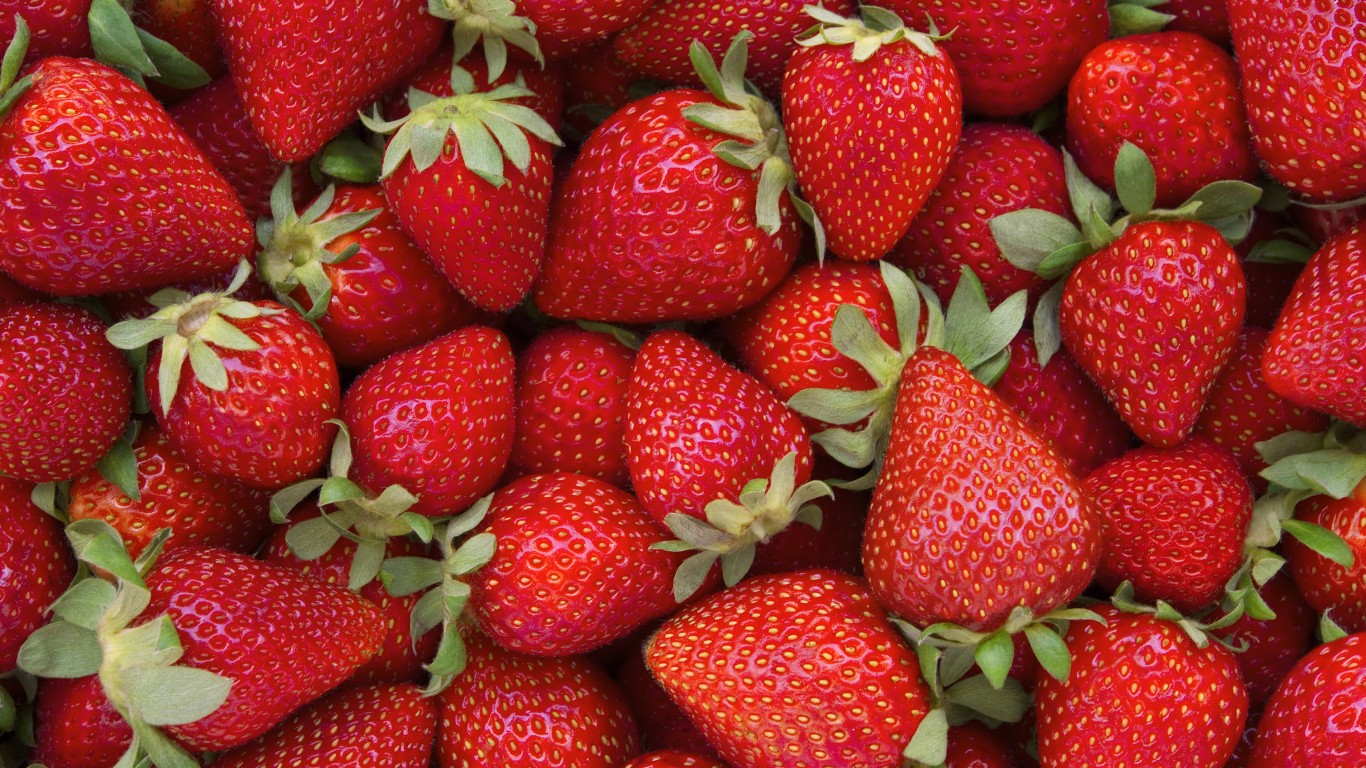
1. Strawberries
Strawberries are high in both vitamin C and ellagic acid, which can help prevent cancers of the skin, lung, breast, esophagus, and bladder. Wash them well, though, as they may contain various quantities of almost 50 pesticides.
If you’re one of the over 4 Million Americans set to retire this year, you may want to pay attention.
Finding a financial advisor who puts your interest first can be the difference between a rich retirement and barely getting by, and today it’s easier than ever. SmartAsset’s free tool matches you with up to three fiduciary financial advisors that serve your area in minutes. Each advisor has been carefully vetted, and must act in your best interests. Start your search now.
Don’t waste another minute; get started right here and help your retirement dreams become a retirement reality.
Thank you for reading! Have some feedback for us?
Contact the 24/7 Wall St. editorial team.